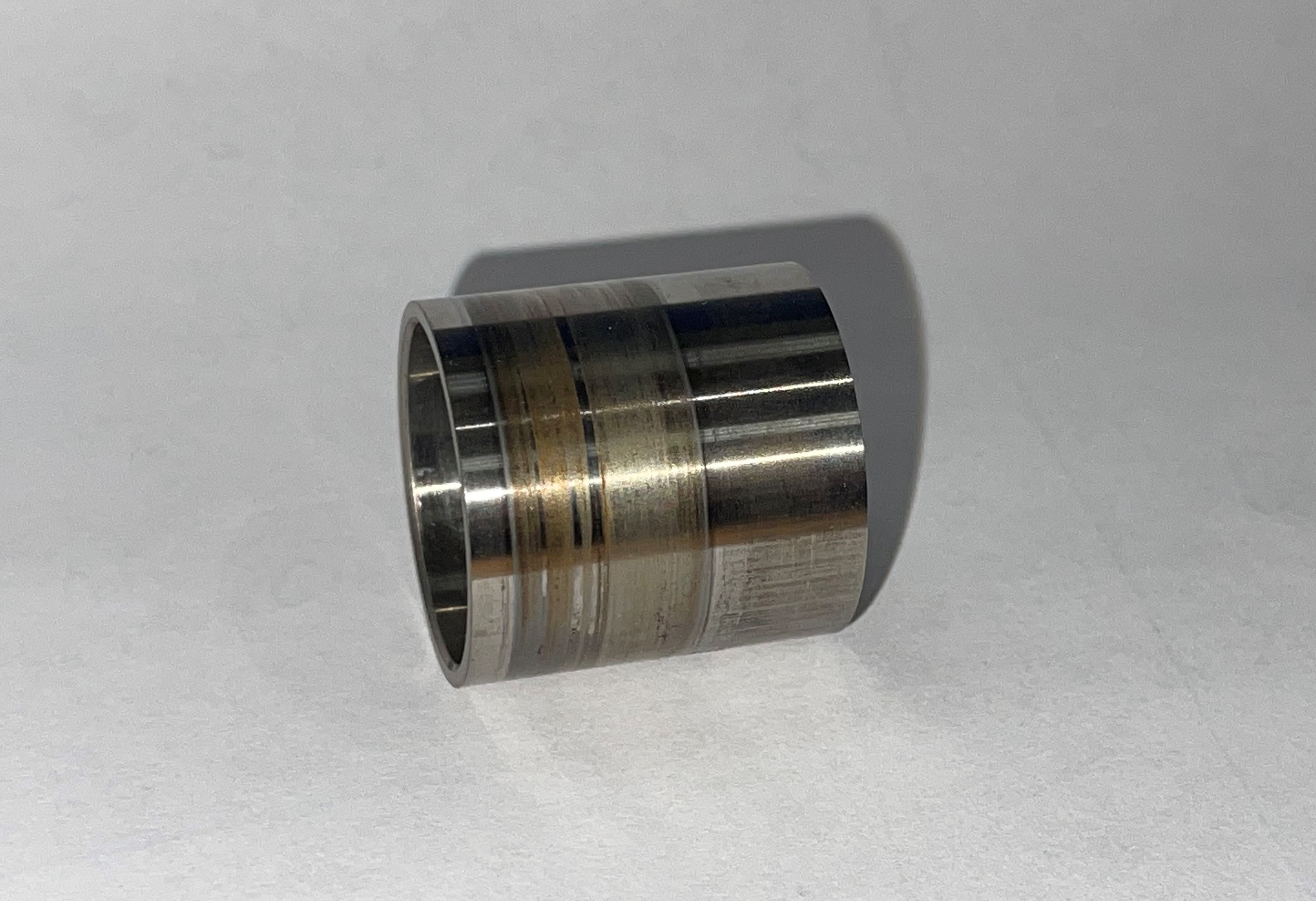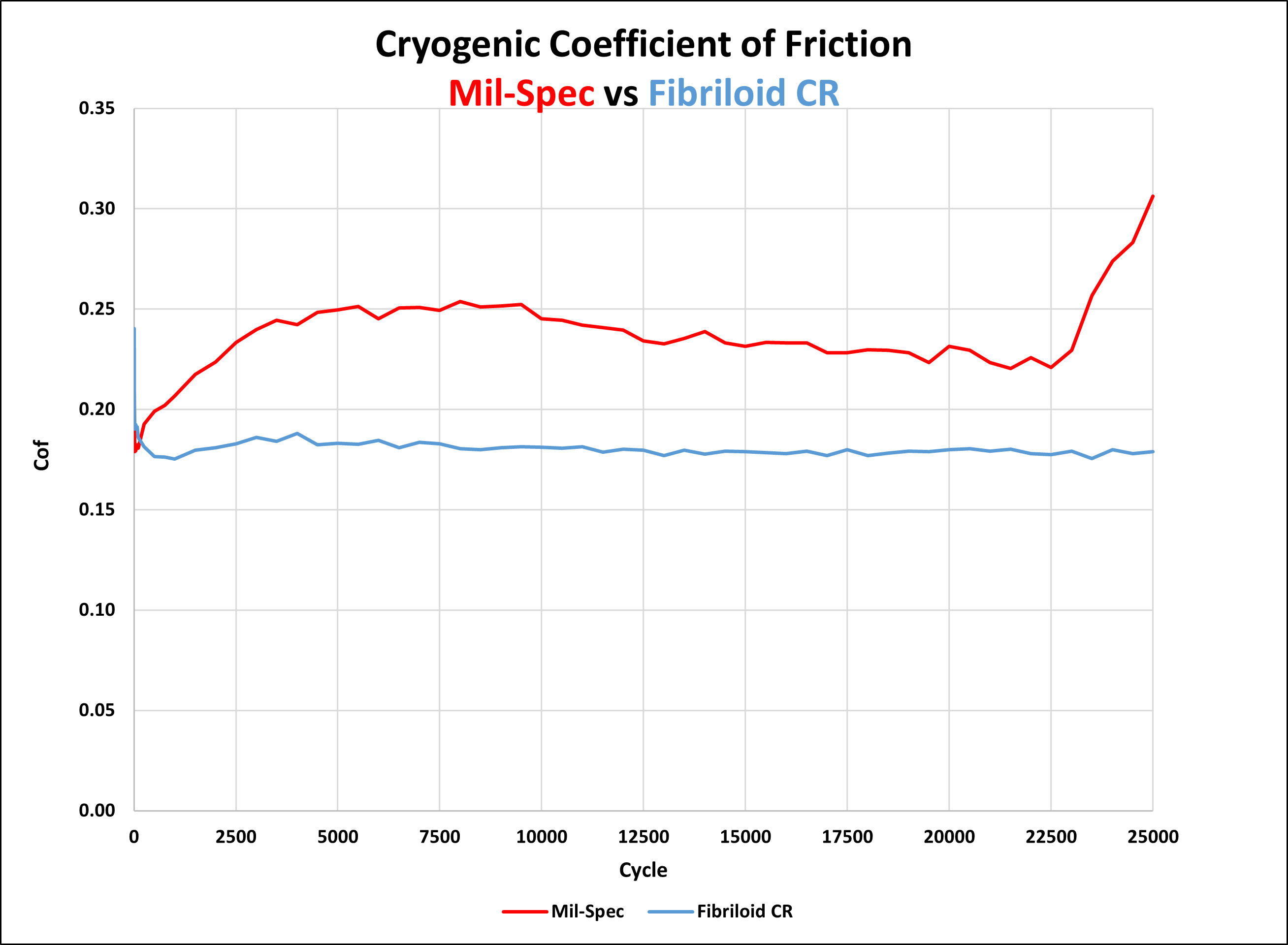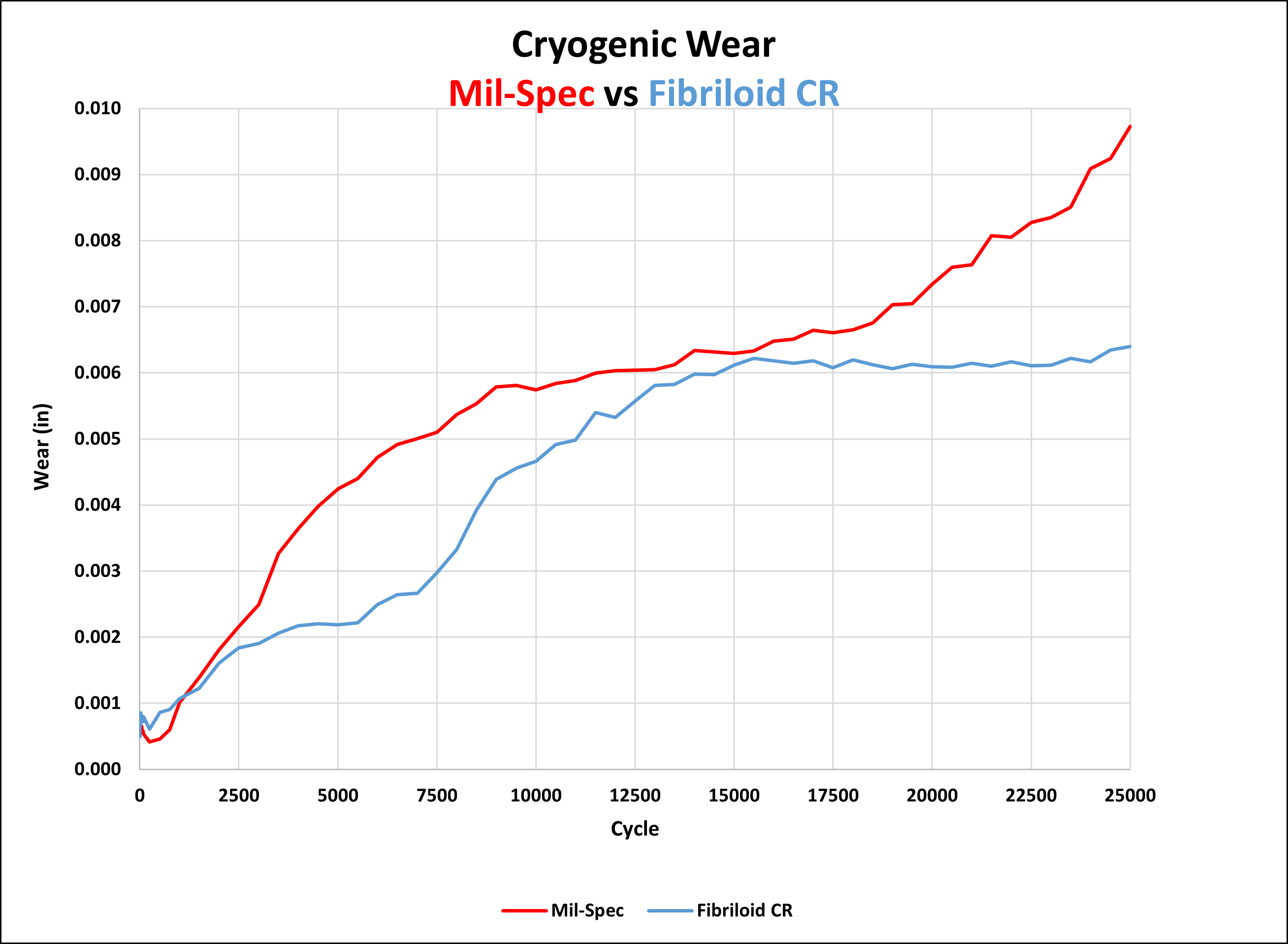 Since the late 1990s, advancements in communication technology and the advent of GPS expanded the desire for companies and governments to invest in satellite technologies that operate in higher orbit. Today, companies like SpaceX, Blue Origin, Virgin Orbit, Relativity Space and ULA are developing cost-effective, reusable launch systems.
Since the late 1990s, advancements in communication technology and the advent of GPS expanded the desire for companies and governments to invest in satellite technologies that operate in higher orbit. Today, companies like SpaceX, Blue Origin, Virgin Orbit, Relativity Space and ULA are developing cost-effective, reusable launch systems.
Manufacturers understand the virtues of investing in engineering solutions with high-performance materials backed by rigorous testing dedicated to the extremes of space travel.
The Difficulties with Bearings in Space The materials used in space bearing applications, like aero bearings, must be lightweight, stiff and able to resist fatigue failure during high-cycle vibration. However, the temperature ranges between space and aerospace are quite different. Standard operating temperatures for self-lubricated aero bearings range from −65° F (outside air temperature during flight) to 650° F (third stage of a turbine engine). Bearings in reusable launch vehicles must endure the massive thermal gradient occurring from vacuum (-454° F) to the heat of re-entry. The drawback with many conventional bearing materials in space is that they undergo a volumetric phase transformation from a ductile, shock absorbent crystalline structure to a hard, brittle structure, incapable of sustaining bending moments or impact. This is known as the ductile-to-brittle transition and happens to mild steel around -100° F (Figure 1).
The next challenge for a space bearing is the functionality of the self-lubricating composite. Like many steels, polymer matrix composites (PMCs) also have a finite temperature performance band. Below the glass transition temperature, molecular mobility drops by several orders of magnitude, leading to significant decreases in damping, toughness, ductility and drawability. While all those qualities are important in a bearing material, loss of drawability is possibly the greatest drawback; self-lubricating bearings require film-forming elements to be sacrificially pulled from the composite and drawn, via shear stress, into a transfer film (Figure 2).
 A transfer film protects both composite and counterface by creating a boundary layer where lubricious material is not lost, but instead moves back and forth across the load zone, preserving both surfaces. But in the cryogenic environment of space, it is difficult to form an adequate transfer film, and the bearing continues to wear abrasively throughout its service life. This requires the material to be preferentially abrasion resistant as well as lubricious.
A transfer film protects both composite and counterface by creating a boundary layer where lubricious material is not lost, but instead moves back and forth across the load zone, preserving both surfaces. But in the cryogenic environment of space, it is difficult to form an adequate transfer film, and the bearing continues to wear abrasively throughout its service life. This requires the material to be preferentially abrasion resistant as well as lubricious.
Testing for Space Typical plain-bearing and rod-end qualification testing is performed every two years, overseen by Naval Air Systems Command and Airframe Control Bearings Group. This testing defines strict performance criteria regarding oscillatory wear at multiple temperatures, torque, adhesive performance, fatigue and static loading. Despite the rigor of this testing, the space mission requires yet another layer of examination to include contamination concerns and an increased focus on tribology (the study of friction), fatigue and static-loading properties under cryogenic conditions.
Conclusion The final product, FibriloidCRTM, combines cutting-edge, nanocomposites technology, superalloys and specialized processing into the first high-performance bearing dedicated solely to the space industry. When tested against the Mil-Spec bearing under high loads and cryogenic temperatures, the test results confirmed that conventional bearing materials do not suffice in this demanding new environment. Figure 3 illustrates the performance differences between these two systems under the most rigorous conditions: 40 ksi of bearing stress and -300° F.


In Figure 3 (left), the Mil-Spec bearing demonstrates an inconsistent coefficient of friction caused by abrasive wear continually altering the surface finish of the mating couple. This is further evidenced by the shape of the wear curve in Figure 3 (left). In this graph, the Mil-Spec bearing remains in the abrasive wear regime (positive slope), never entering the optimal adhesive wear regime and achieving a steady state (horizontal slope). However, under the same test conditions, FibriloidCRTM exhibited a uniform coefficient of friction and achieved adhesive wear (steady state) in about 15,000 cycles.
A post-test examination of the Mil-Spec samples showed both accelerated wear of the composite liner and severe damage to the counterface: as the counterface becomes damaged by abrasive wear, the resultant increase in surface finish synergistically increases the wear rate on the composite. This results in reduced bearing life and increased coefficient of friction (recorded as torque). In contrast, the FibriloidCRTM bearing (composite) retained more than 25% of its usable life, and the metallic counterface remained pristine.
FibriloidCRTM bearings and rod ends meet AS81820 and AS81935 requirements, operate with high-tribological performance under cryogenic conditions (–300° F to 450° F) and excel at both high loads with low-frequency vibration and low loads with high-frequency vibration.
Figure 1. Example of the catastrophic result of ductile-to-brittle transition in steel. Credit: US GPO
Figure 2. PTFE transfer film burnished onto a counterface bushing. Credit: RBC Transport Dynamics
Figure 3. Test data from cryogenic (-300° F) oscillation under radial load, 40 ksi bearing stress, 20 cycles per minute, ±25° angle of oscillation; (left) coefficient of friction data; (right) wear data. Credit: RBC Transport Dynamics


